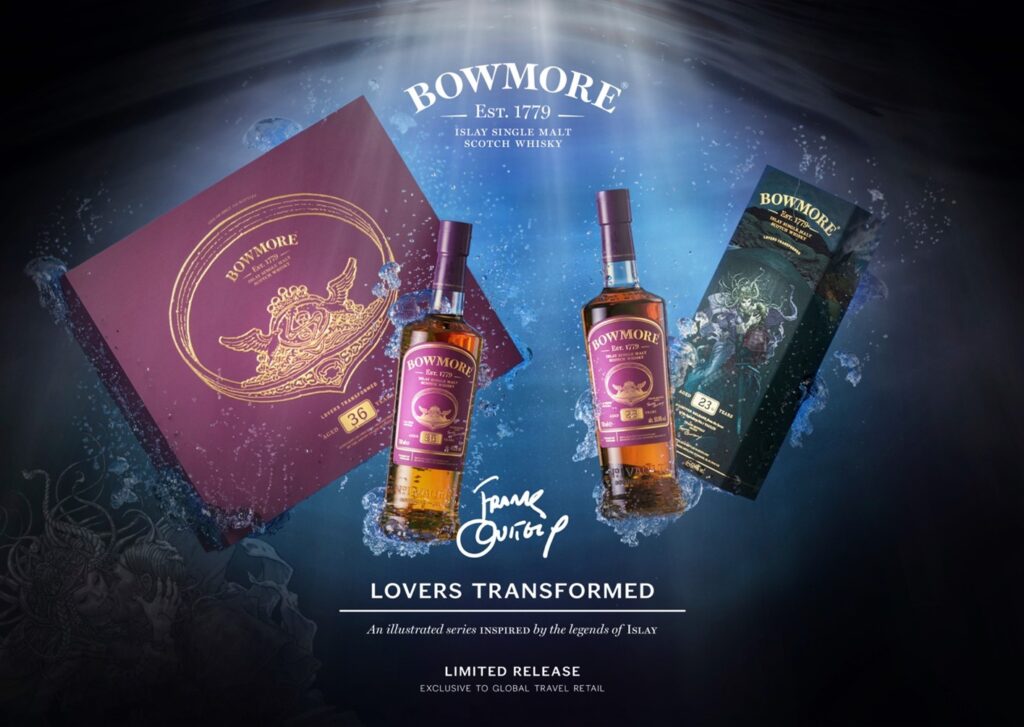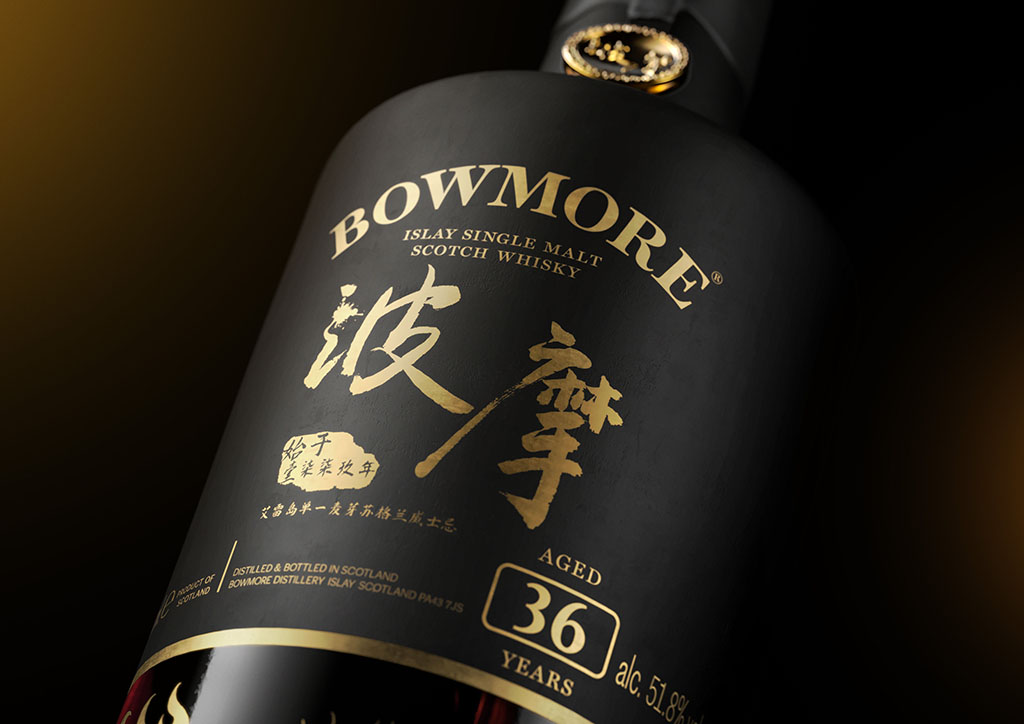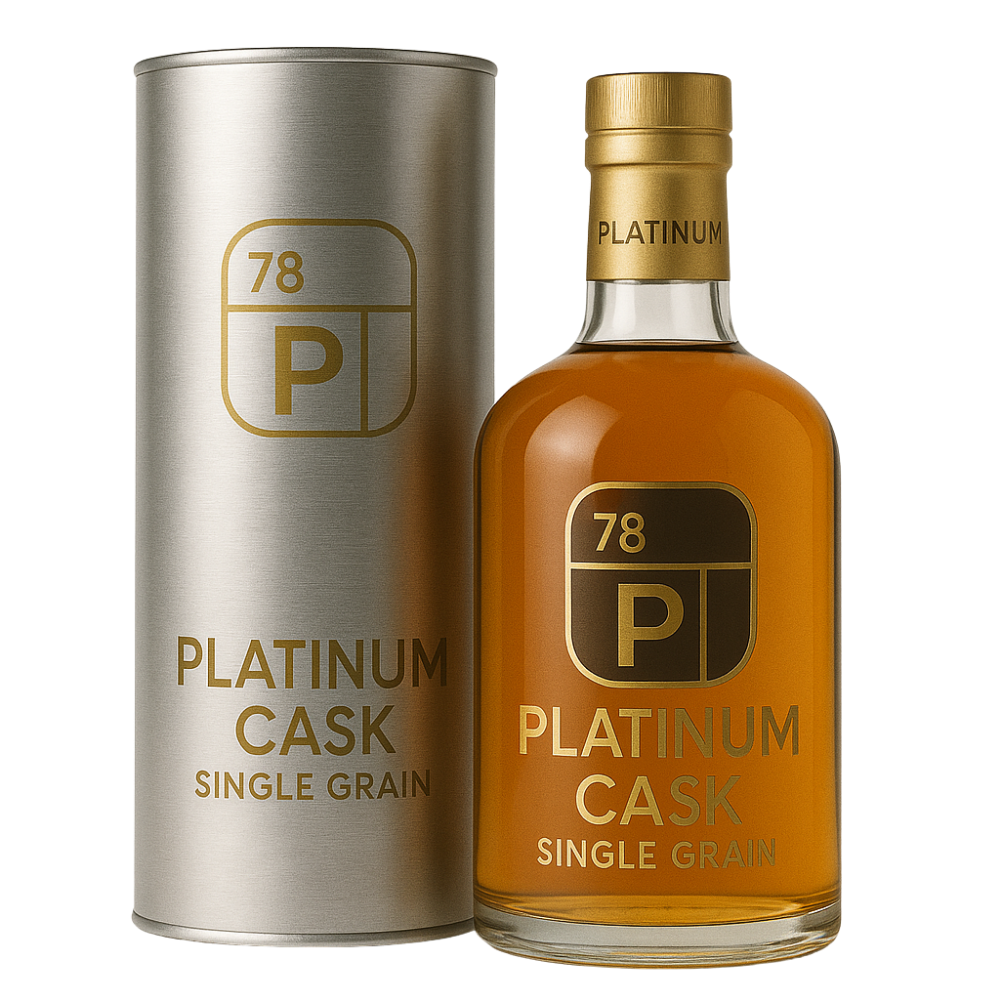How to Read a Whisky Label (and What It Really Tells You)
A whisky label is more than just branding—it’s a coded story of provenance, process, and promise. For the novice, it can be a wall of unfamiliar terms. But for the seasoned enthusiast or investor, it’s a roadmap to flavour, value, and authenticity.
Understanding a whisky label is essential if you’re choosing a bottle to enjoy, gift, collect, or invest in. Let’s decode it together.
1. Distillery Name: The Origin of the Spirit
The name of the distillery is usually the most prominent feature on the label. This isn’t just marketing—it’s the signature of the producer. In single malt Scotch, this tells you exactly where the whisky was made and matured.
Distillery reputation matters. Macallan, Ardbeg, Yamazaki, GlenDronach, and Springbank, for example, carry serious weight in terms of consistency, quality, and collectability.
2. Age Statement: The Youngest Drop Counts
When a label says “12 Years Old,” that means every drop in that bottle has been aged in oak for a minimum of 12 years. It doesn’t reflect an average—it’s the youngest whisky in the mix.
More age doesn’t always mean better, but it usually means more complexity and, often, a higher price.
No age statement (NAS) whiskies aren’t inherently inferior, but they do require more scrutiny to assess quality.
3. Alcohol By Volume (ABV): Strength and Style
The ABV tells you how potent the whisky is. Most are bottled at 40–46% ABV, but cask strength whiskies can push past 50–60%, offering a more intense experience.
High ABV whiskies are often undiluted and deliver more of the distillery’s raw character. They also tend to command higher investment and collector interest.


4. Cask Type and Finish: The Flavour Architects
The type of cask used in maturation has a profound influence on flavour. Common casks include:
- Ex-Bourbon – Vanilla, honey, citrus, light spice
- Sherry (Oloroso, Pedro Ximénez) – Dried fruit, nuts, chocolate, richness
- Port / Wine Casks – Red berries, tannins, sweetness
- Virgin Oak / Mizunara – Spice, coconut, incense, incense-like dryness
Many labels now include the cask finish—where the whisky spends its final months or years in a secondary barrel to add complexity.
Collectors often hunt for limited editions with rare cask finishes like Sauternes, Marsala, or ex-rum barrels.
5. Single Malt, Blended, or Grain: Know Your Category
- Single Malt – 100% malted barley from one distillery, pot-distilled.
- Single Grain – Can include other grains; from one distillery, but not necessarily malt.
- Blended Malt – Mix of single malts from different distilleries.
- Blended Whisky – A mix of malt and grain whiskies from multiple sources.
- Pure Pot Still / Single Pot Still (Ireland) – Made from both malted and unmalted barley in a pot still.
Investors tend to favour Single Malts, particularly from iconic distilleries, but some blended malts (e.g. Compass Box) are now gaining cult status.


6. Non-Chill Filtered / Natural Colour: Hallmarks of Integrity
If a label says “Non-Chill Filtered”, it means the whisky retains more of its natural oils and esters, contributing to mouthfeel and depth.
“Natural Colour” indicates that no caramel colouring (E150a) was added to adjust the hue—a practice common in mass-market expressions.
These terms are green flags for enthusiasts seeking purity and transparency.
7. Region: Geographic Character
In Scotland, the region on the label often hints at flavour profile:
- Islay – Peaty, smoky, briny
- Speyside – Fruity, elegant, approachable
- Highlands – Wide-ranging; heather, honey, maritime
- Lowlands – Light, grassy, floral
- Campbeltown – Salty, oily, complex
In Japan, regions aren’t as codified, but climate and water sources are still key.
Final Thought
Reading a whisky label is like deciphering a passport—it tells you where the whisky has been, how it was raised, and what kind of character it might possess.
The more you understand these details, the better equipped you are to choose a dram that suits your palate, your purpose, or your portfolio. Whether you’re buying to sip or to store, a good label reader never drinks blind.


